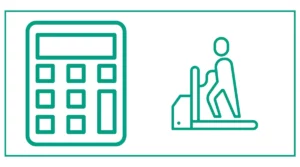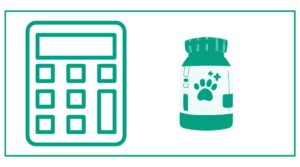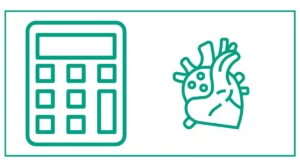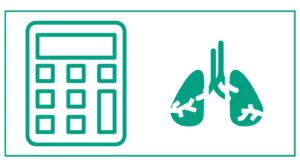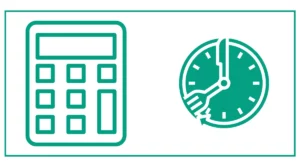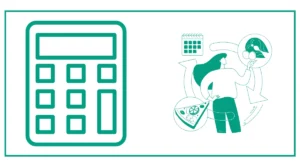EtG Calculator (Urine Ethylglucuronide Testing)
The EtG calculator helps you calculate whether you will be able to pass the EtG test or not. It also suggests a suitable EtG test time for you.
Select the day and time to calculate whether the Etg test will be successful.
In case you don’t know, When someone has drunk alcohol, the EtG urine test identifies ethyl glucuronide.
Those who have been court-ordered not to drink or businesses who randomly test employees for alcohol use are offered urine tests.
You should wait at least 72 hours before you go for this test if you want to pass this test.
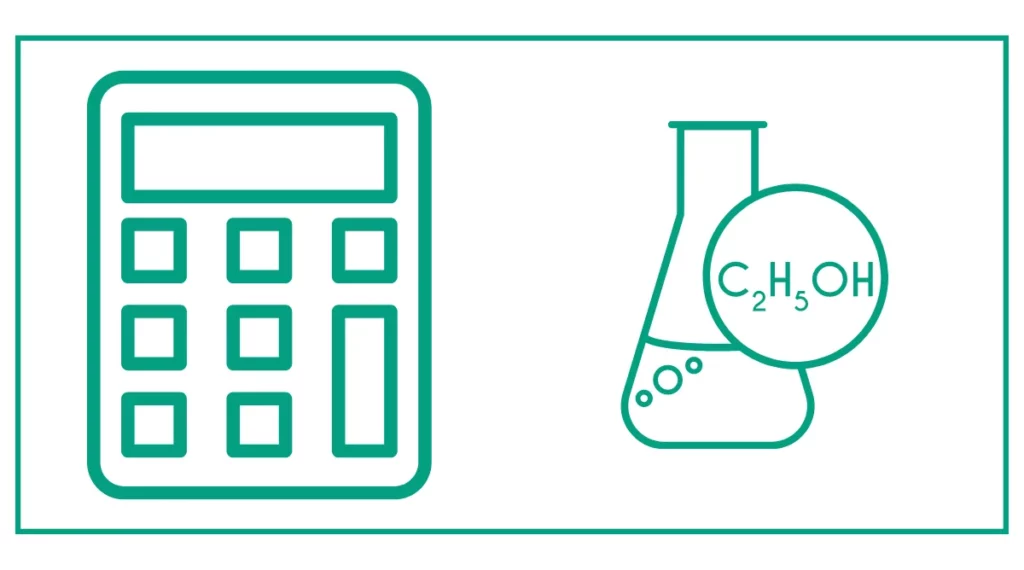
You might also want to keep track of your medication and bruce protocols.
Introduction to the ETG Calculator
The ETG calculator is a valuable tool for individuals who need to monitor their alcohol consumption, particularly those on probation or subject to regular alcohol testing. This calculator helps estimate how long ethyl glucuronide (ETG), a biomarker of alcohol use, may be detectable in urine after consuming alcohol. Understanding how the ETG calculator works can be crucial for those required to maintain sobriety or facing potential legal consequences related to alcohol consumption.
What is ETG and Why is it Important?
ETG, or ethyl glucuronide, is a metabolite produced when the body breaks down alcohol. It is widely used as a biomarker for detecting recent alcohol consumption. The ETG test has become increasingly popular among law enforcement and probation officers due to its ability to detect alcohol use for a longer period compared to traditional blood alcohol content (BAC) tests.
How the ETG Test Works
The ETG test is typically conducted using a urine sample. It can detect alcohol consumption for up to 80 hours after the last drink, depending on various factors such as the amount of alcohol consumed and individual metabolism rates. This extended detection window makes the ETG test particularly useful for monitoring abstinence in individuals on probation or in treatment programs.
Using the ETG Calculator
The ETG calculator is designed to provide an estimate of how long ETG may be detectable in a person’s system based on their alcohol consumption. While it’s important to note that this calculator is meant for educational purposes and should not be used as a sole basis for legal or disciplinary action, it can give you an approximate idea of potential detection times.
How to Use the Calculator
- Input the day and time of your last alcohol consumption.
- Enter the amount and type of alcohol consumed.
- The calculator will provide an estimate of how long ETG may be detectable in your urine.
Remember, the ETG calculator is a guideline and cannot guarantee a specific result in any legal matter. Individual factors such as metabolism, body weight, and overall health can influence ETG levels and detection times.
Understanding Blood Alcohol Content (BAC)
While the ETG test focuses on detecting past alcohol use, understanding your blood alcohol content (BAC) is crucial for immediate concerns about intoxication and legal limits. BAC refers to the percentage of alcohol in your bloodstream and is commonly used to determine legal intoxication for driving purposes.
The BAC Calculator
A BAC calculator can help estimate your blood alcohol concentration based on factors such as:
- Gender
- Weight
- Number of drinks consumed
- Time elapsed since drinking began
Using a BAC calculator can give you an idea of your level of intoxication and how long it might take for your body to metabolize alcohol. However, it’s important to note that BAC calculators are meant for educational purposes and should not be relied upon to determine if you’re safe to drive.
ETG Levels and Detection Times
Understanding ETG levels and detection times is crucial for those subject to alcohol testing. The amount of ETG in urine can vary significantly based on several factors:
- Amount of alcohol consumed
- Time since last drink
- Individual metabolism rates
- Hydration levels
Typical Detection Windows
- Light drinking (1-2 drinks): May be detectable for 24-48 hours
- Moderate drinking (3-5 drinks): May be detectable for 48-72 hours
- Heavy drinking (6+ drinks): May be detectable for 72-80 hours or more
It’s important to note that these are general guidelines, and individual results may vary. Some studies have shown that in rare cases, ETG can be present in a person’s urine for up to five days after consumption.
Factors Affecting ETG Test Results
Several factors can influence ETG test results, potentially leading to false positives or negatives:
1. Exposure to Alcohol-Containing Products
Incidental exposure to alcohol through products like hand sanitizers, mouthwashes, or certain foods can potentially result in a false positive on an ETG test. While the levels from such exposure are typically lower than those from drinking alcohol, it’s important to be aware of this possibility.
2. Hydration Levels
Being well-hydrated can potentially lead to lower levels of ETG in urine, while dehydration might concentrate ETG levels. This is why it’s crucial to provide an accurate account of your fluid intake when discussing test results.
3. Medical Conditions
Certain medical conditions, particularly those affecting liver function, can influence how the body metabolizes alcohol and produces ETG.
4. Laboratory Error
While rare, laboratory errors can occur. If you believe your test result is inaccurate, it may be worth requesting a retest or seeking a second opinion.
ETG Testing and Probation
For individuals on probation, understanding ETG testing is particularly important. Many probation programs use ETG tests to monitor alcohol abstinence. Here are some key points to remember:
- ETG tests can detect alcohol use for a longer period than traditional breathalyzer or blood tests.
- Even small amounts of alcohol can be detected, making it crucial to avoid all alcohol consumption if required by your probation terms.
- Be aware of potential sources of accidental alcohol exposure, such as certain foods or personal care products.
- If you’re concerned about a potential false positive, consult with your probation officer or a legal professional.
Legal Implications of ETG Testing
While ETG testing can be a useful tool for monitoring alcohol use, it’s important to understand its legal implications:
- ETG test results alone are not typically sufficient evidence for legal action. Other corroborating evidence is usually required.
- The sensitivity of ETG tests can sometimes lead to disputes over low-level positive results.
- If you’re charged with an alcohol-related offense based on an ETG test, it’s crucial to seek the help of an experienced criminal defense attorney.
Remember, the information provided here is for educational purposes only and should not be considered legal advice. If you’re facing legal issues related to alcohol use or ETG testing, it’s important to schedule a free consultation with a qualified DWI attorney.
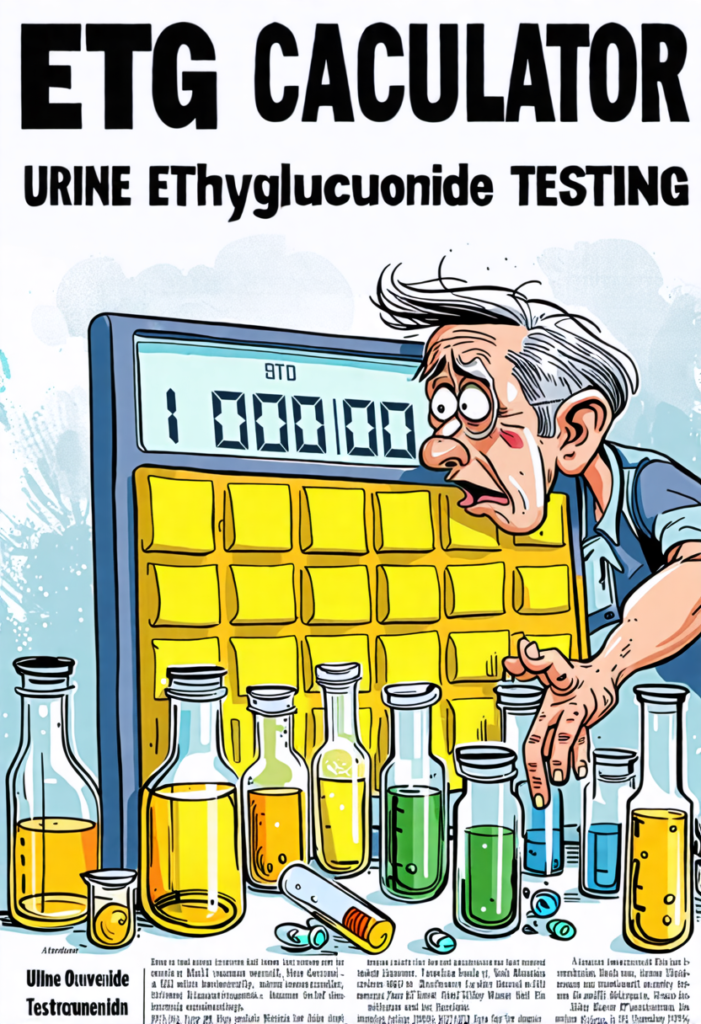
References
- Skipper, G. E., Weinmann, W., Thierauf, A., Schaefer, P., Wiesbeck, G., Allen, J. P., … & Wurst, F. M. (2004). Ethyl glucuronide: a biomarker to identify alcohol use by health professionals recovering from substance use disorders. Alcohol and Alcoholism, 39(5), 445-449.
- Wojcik, M. H., & Hawthorne, J. S. (2007). Sensitivity of commercial ethyl glucuronide (ETG) testing in screening for alcohol abstinence. Alcohol and Alcoholism, 42(4), 317-320.
- Agius, R., Nadulski, T., Kahl, H. G., & Dufaux, B. (2012). Ethyl glucuronide in hair–A highly effective test for the monitoring of alcohol consumption. Forensic science international, 218(1-3), 10-14.
